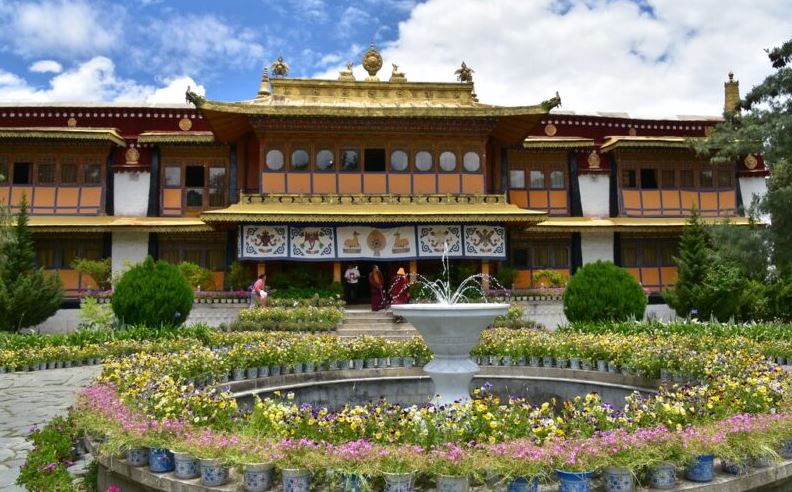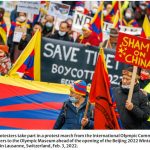President Xi Jinping, along with several other high-level government and military officials from China, made a visit to the Tibetan Autonomous Region on July 23rd. This visit, the first Xi has made to Tibet since assuming office, coincides with the 70th anniversary of the coerced peace agreement between Tibet and the invading China.
Xi toured several controversial Tibetan environmental, cultural, and spiritual sites, including the public square in front of the traditional home for the Dalai Lama, the spiritual leader whom the Chinese government forced into exile in 1959. Several of the speeches Xi gave in front of these sites involved instructing local officials to make Tibetans identify more with the “great motherland, Chinese people, Chinese culture, [and] the Chinese Communist Party,” Microsoft News reports. Given the Chinese government’s extensively documented human rights abuses and cultural genocide in Tibet, critics have asserted that this visit is an attempt to intimidate Tibet and reassert China’s rigid control over the region.
According to Free Tibet, a non-profit N.G.O. based in London, China has long sought to put down the social justice rebellions of the “backwards masses.” Years of Chinese “anti-terrorist” policies muzzling Tibetan religious activists have more recently been joined by a series of “Sinicization” campaigns released from the mainland. A combination of economic and cultural integration processes, the Sinicization campaigns work to strip Tibetans of autonomy, over their resource-rich land and their culture and spirituality alike. As journalist Kate Saunders put it in an interview with Deutsche Welle, China is “obliterating the collective memory of what it means to be Tibetan and erasing the Dalai Lama’s influence … with a focus on … the emotional buy-in of Tibetans to an ideological re-moulding.”
Click here to read the full article











